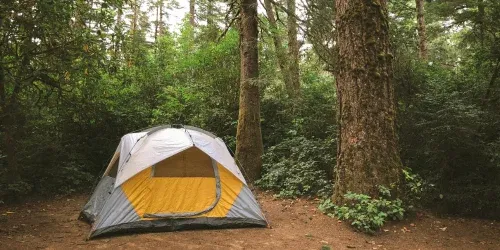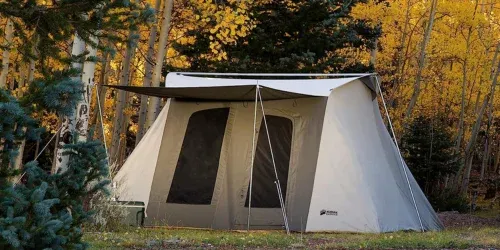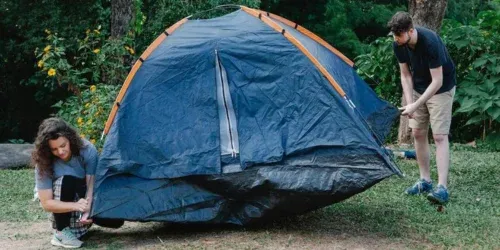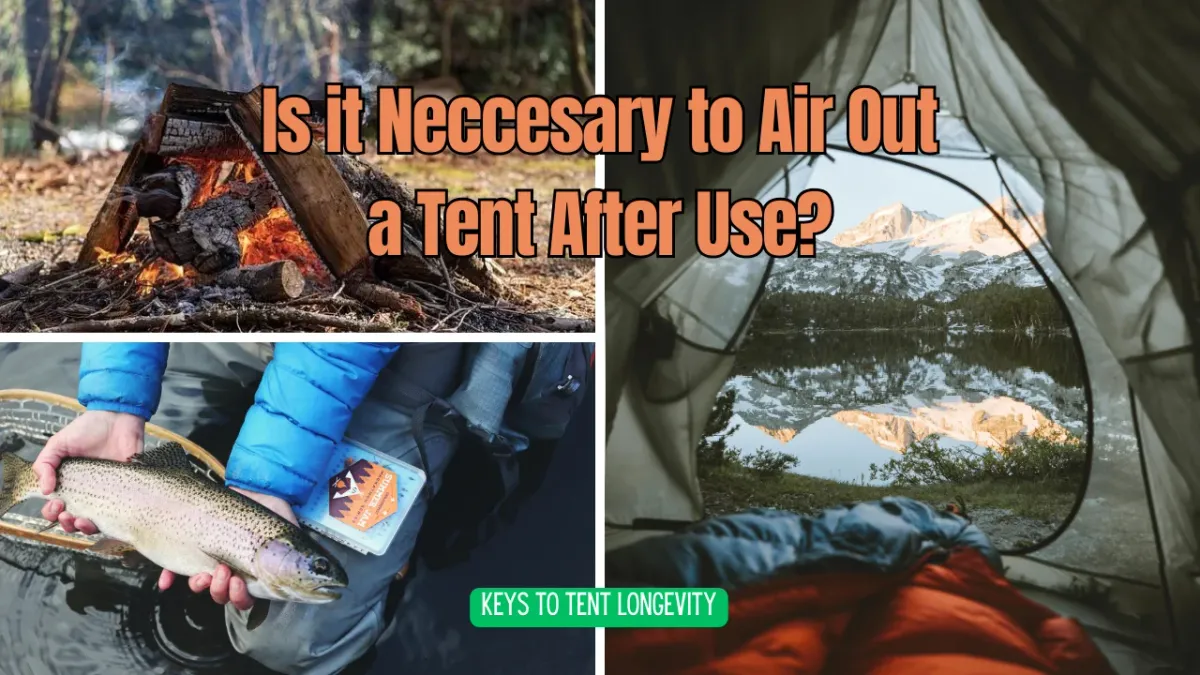When it comes to outdoor adventures, choosing the right tent can make all the difference. But with so many shapes and styles available, it can be challenging to determine which is the most efficient for your needs. In this article, we'll explore the various tent shapes and their efficiencies to help you make an informed decision for your next camping trip.
Key Takeaways:
- Understanding the different tent shapes and their specific advantages is crucial for selecting the most efficient tent.
- The dome tent is often considered the most versatile and efficient for a variety of conditions.
- Factors such as weather resistance, space, weight, and ease of setup play significant roles in tent efficiency.


The Dome Tent: A Versatile Choice
The dome tent is a popular choice among campers due to its unique combination of stability, space, and ease of setup. Its rounded shape allows for excellent resistance against wind and rain, making it a suitable option for a three season tent. The aerodynamic design of a dome tent also means that it can withstand harsher weather conditions, potentially qualifying as a four season tent with the right materials.
Dome tents typically feature a simple structure with two or more poles crossing at the top, creating a spacious interior. This design not only provides headroom but also allows for better air circulation, which is essential for comfort during extended trips. The efficient use of space makes it ideal for backpackers who need to maximize their gear-to-space ratio.

Cabin Tent: Room Like No Other
For those who prioritize space and comfort, the cabin tent stands out as an efficient option. Its near-vertical walls maximize interior volume, allowing campers to move around comfortably and even stand upright. This design is perfect for families or groups who may need to accommodate multiple people and camping gear.
While cabin tents offer ample space, they are generally heavier and require more time to set up compared to dome tents. They are best suited for extended stays where the tent will not be moved frequently. The canvas tent, a subtype of the cabin tent, is known for its durability and can provide a homelike feel, making it an efficient choice for long-term camping.
Weather Resistance: A Key Factor
When considering tent efficiency, weather resistance is a critical factor. A tent's ability to withstand the elements determines its suitability for different seasons. Three season tents are designed to handle the mild conditions of spring, summer, and fall, while four season tents are built to endure harsh winter weather as well.
The shape of the tent plays a significant role in its weather resistance. Dome tents, with their sloped sides, are less likely to accumulate snow or water, reducing the risk of collapse under heavy loads. Cabin tents, on the other hand, may struggle with snow accumulation due to their flat roofs, but their robust construction can offer reliable protection in rainy conditions.
Weight and Portability: Backpackers' Concern
For backpackers, the weight and portability of a tent are paramount. An efficient tent for hiking and backpacking is one that balances durability with lightness. Dome tents often win in this category, as their design allows for a lighter frame without compromising on stability.
The materials used in the tent's construction also influence its weight. Modern tents utilize lightweight fabrics and poles, such as aluminum or carbon fiber, to reduce overall weight. This makes it easier for backpackers to carry their shelter without being weighed down, making the dome tent an efficient choice for those on the move.

Ease of Setup: Time is of the Essence
The time it takes to set up a tent can impact its overall efficiency, especially after a long day of hiking or when weather conditions are less than ideal. Dome tents are renowned for their quick and straightforward assembly, often requiring less time and effort than other shapes.
Cabin tents, with their larger size and more complex structure, may take longer to erect. However, for campers who are not frequently moving their campsite, the extra setup time may be a worthwhile trade-off for the increased living space and comfort.
Space and Comfort: Not Just About Sleeping
While the primary function of a tent is to provide shelter for sleeping, space and comfort during waking hours are also important considerations. Dome tents offer a cozy atmosphere, but their curved walls can limit livable space. Cabin tents excel in this area, with their straight walls and high ceilings providing a roomier environment.
For those who enjoy camping with amenities such as camping furniture or who require space for gear storage, the cabin tent's spacious interior makes it an efficient choice. The ability to move around freely and comfortably can greatly enhance the camping experience.

Summary
Choosing the most efficient tent shape depends on a variety of factors, including weather resistance, weight, ease of setup, and space requirements. The dome tent stands out as a versatile and efficient option for most camping situations, offering a balance of stability, weight, and ease of use. Cabin tents are ideal for those who value space and comfort, especially for group camping or extended stays. By considering these factors, campers can select the tent shape that best meets their needs for an enjoyable outdoor adventure.

FAQs
Can a dome tent be used in winter conditions?
Yes, a dome tent can be used in winter conditions, especially if it's designed as a four season tent with appropriate materials and features to handle snow and cold temperatures.
Are cabin tents suitable for backpacking?
Cabin tents are generally heavier and bulkier than dome tents, making them less suitable for backpacking. They are better suited for car camping or situations where the tent will not be moved frequently.
How does tent shape affect weather resistance?
The shape of a tent influences how it handles wind, rain, and snow. Dome tents, with their sloped sides, are more effective at shedding precipitation and resisting wind, while cabin tents may offer more robust protection against rain but can struggle with snow accumulation on flat roofs.
You've got the tent, now let's take care of it:











